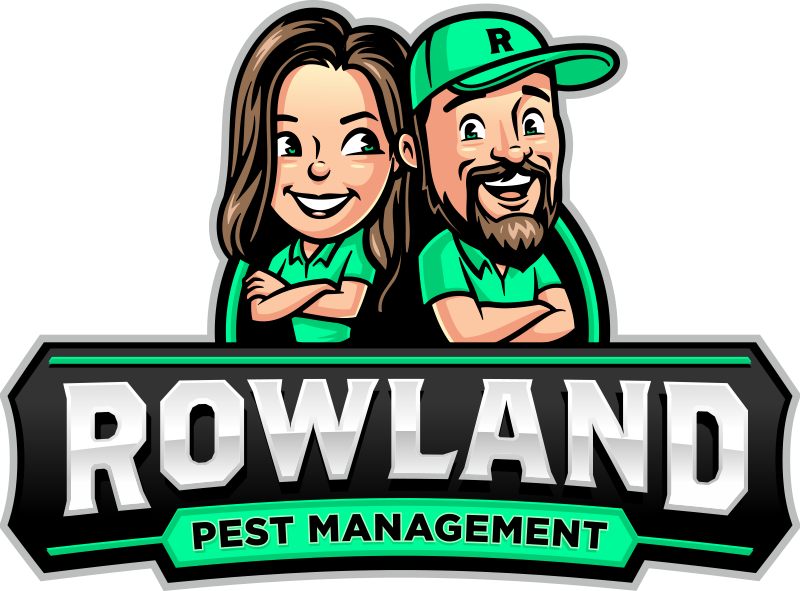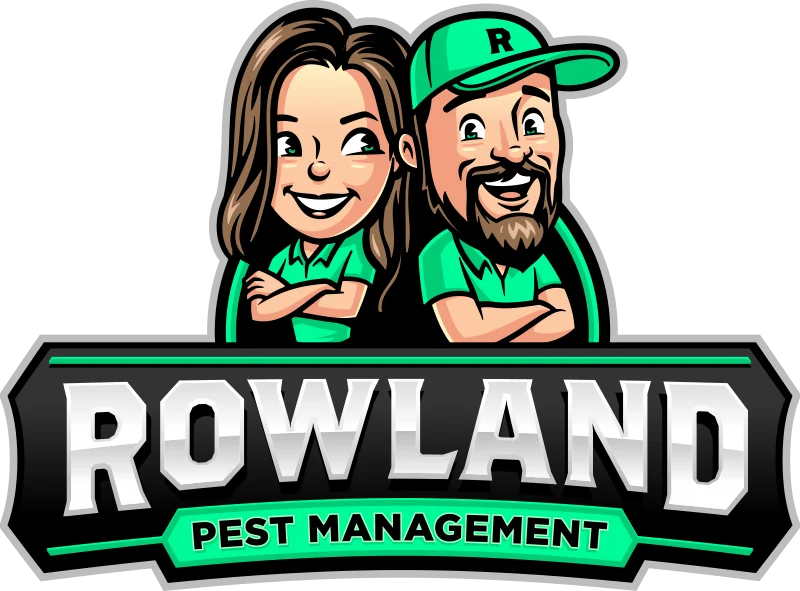Have you ever wondered why Florida homes are frequently under attack by drywood termites? These tiny creatures can cause significant damage to wooden structures without anyone realizing it until it’s too late.
With the warm climate providing an ideal breeding ground, understanding them is more critical than ever. Keep reading to learn how to protect your home before it’s too late.
Key Takeaways
- Drywood termites in Florida are light brown or creamy white with straight antennae and equal-length wings.
- Small piles of frass, hollow-sounding wood, and honeycomb-like damage are signs of an infestation.
- They are attracted to Florida homes because of exposed wood, warm weather, and low moisture levels.
- Sealing cracks, fixing leaks, and hiring pest control can help prevent drywood termite problems.
How to Identify Drywood Termites in Florida
Identifying drywood termites from other termite species in Florida involves two things. Look for their distinct features on the termites and evidence of their activity in infested areas.
Physical Characteristics
Drywood termites are often light brown or creamy white, depending on their caste. Workers and soldiers are usually lighter, while reproductives (alates) are darker and have wings.
Unlike winged ants, alates have straight antennae and a broad waist. They typically measure about ½ inch long, including their wings. These swarmers are typically seen during mating seasons, establishing new colonies.
All of the castes live in drywood termite colonies. Soldiers have large, dark heads with powerful mandibles, while workers are smaller and lighter in color.
Signs of Infestations
Spotting signs of drywood termite infestations is crucial. Look for tiny, hexagonal fecal pellets, also known as frass, which these termites leave behind. They often appear in small piles resembling sawdust. It might be found near door frames or other wooden structures.
When drywood termites swarm, you can find discarded wings near window sills. Damaged wood is another telltale sign. They hollow out wood, creating a honeycomb-like pattern inside. The surface may appear normal, but tap it, and it sounds hollow.
Unlike subterranean termites, which create mud tubes to travel, they live directly inside the wood they infest.
What Attracts Drywood Termites to Florida Homes
Florida homes offer ideal conditions for drywood termites. This type of termite prefers wood with low moisture content, making the abundant exposed wood a prime target.
Crawl spaces under homes create another inviting space. These areas often contain exposed wooden beams, offering an undisturbed habitat. Wooden furniture inside homes can also become infested since these pests feed on cellulose found in wood.
How to Treat Drywood Termites in Florida
Dealing with drywood termites in Florida can be quite a challenge. Effective treatments to get rid of these pests range from spot treatments to full-structure fumigation.
Non-Chemical Treatments
Non-chemical termite treatments often involve physical methods and environmental adjustments.
| Methods | How to Use It |
|---|---|
| Heat Treatment | Raises the area temperature above 120°F. Most effective for small, contained infestations. Professionals typically use specialized heaters. |
| Spot Treatment | Focuses on localized areas with infestation. Often performed by trained professionals using heat, cold, or drilling and injecting termiticide. |
Product Treatments
Product treatments offer a different approach, often providing a broader, longer-lasting solution.
| Methods | How to Use It |
|---|---|
| Tent Fumigation | Encase the building in a tent and introduce gas fumigants to get rid of termites. Managed by professional exterminators. |
| Liquid or Foam Products | Apply products directly to infested wood and surrounding areas. Suitable for smaller, more localized infestations. |
How to Prevent Drywood Termites in Florida
Preventing drywood termites requires a proactive approach. Consider the following termite prevention steps to keep them at bay:
- Seal Cracks and Holes: Homeowners should fill in any cracks or holes around windows, doors, and vents. This blocks entry points for termites.
- Inspect Regularly: Scheduling regular termite inspections helps catch early signs of infestation. Early detection limits structural damage.
- Control Ventilation and Moisture: Proper ventilation is key, especially in attics and crawl spaces. Reducing moisture levels deters termites from thriving.
- Keep an Eye Out for Signs: Spotting termite droppings, kick-out holes, or discarded wings can suggest a problem.
- Repair Leaky Pipes: Fixing leaks around the house is crucial. Moisture can attract both drywood and subterranean termites.
- Consider Professional Pest Control Company: Hire pest control services for protection. They offer regular inspections and treatments.
When to Call a Drywood Termite Expert in Florida
If you notice small piles of wood dust around your house, consider contacting a drywood termite expert. This dust is a sign of termite activity and should not be ignored.
At Rowland Pest Management, our professional termite control services are designed to solve infestations and prevent future termite damage, giving you peace of mind.
Whether you’re dealing with an active infestation or looking for preventative measures, our team is here to help. Protect your home from drywood termites. Contact us today for a free quote.
Frequently Asked Questions
Drywood termites are a significant concern in Florida due to their ability to cause extensive damage. Here are some common questions about these wood-destroying pests.
How can you tell if you’ve got drywood termite droppings?
Droppings from drywood termites, or frass, resemble small piles of sawdust or coffee grounds. These pellets are often hexagonal and can be found near infested areas or along windowsills and floors.
How can you spot signs that drywood termites have taken up residence?
Signs of drywood termite activity include small, round holes in wooden structures and the presence of discarded wings. Termite tunnels and galleries inside the wood can weaken the structural integrity of your home.
When’s the typical swarming season for drywood termites in Florida?
In Florida, the swarming season for drywood termites generally occurs from late spring to early summer. During this period, reproductive termites, also known as alates, leave their colonies to form new ones.


